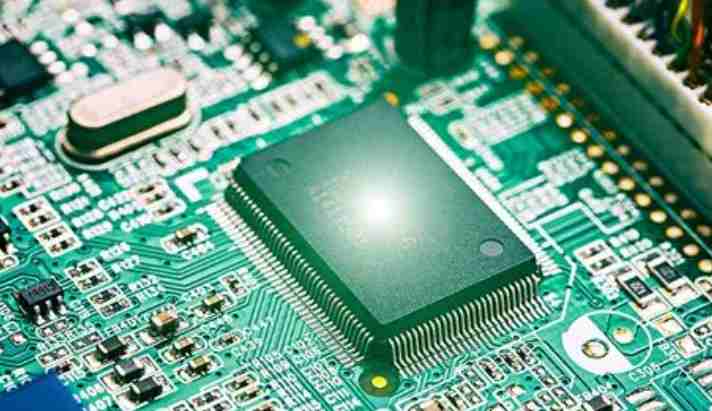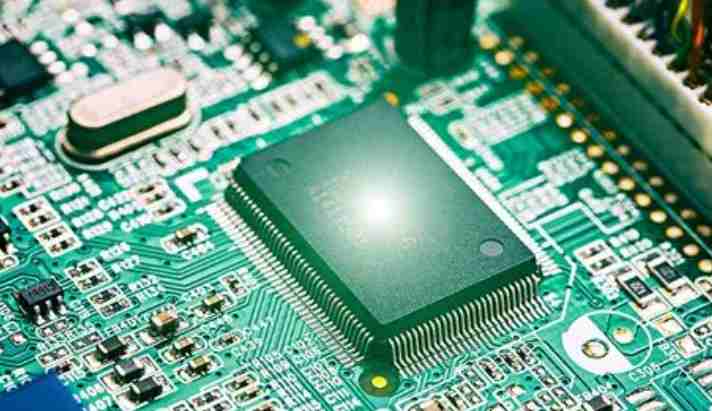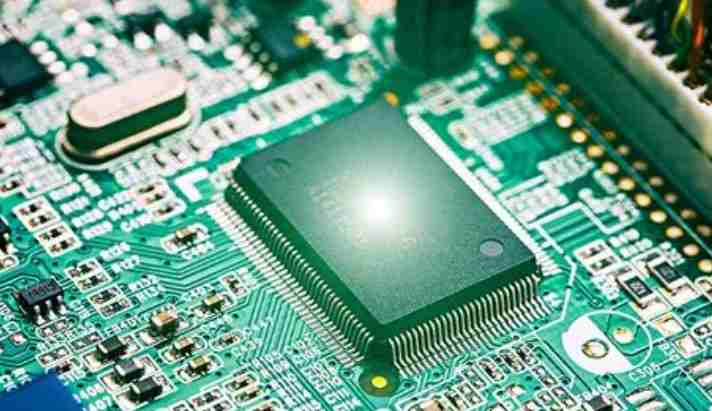
General concept of electromagnetic compatibility
The fundamental reason to consider EMC is the existence of electromagnetic interference. Electromagnetic Interference (EMI) is a process in which damaging electromagnetic energy is transmitted from one electronic device to another by radiation or conduction. In general, EMI refers specifically to radio frequency (RF) signals, but electromagnetic interference can occur in all frequency ranges.
Electromagnetic Compatibility (EMC) refers to the ability of electrical and electronic systems, equipment, and devices to operate at designed grade or performance within specified safety limits in a set electromagnetic environment without causing damage or unacceptable deterioration of performance due to electromagnetic interference. The electromagnetic environment here refers to the sum of all electromagnetic phenomena that exist in a given place. This indicates that electromagnetic compatibility on the one hand means that electronic products should have the ability to suppress external electromagnetic interference; On the other hand, the electromagnetic interference generated by the electronic product should be less than the limit, and not affect the normal work of other electronic equipment in the same electromagnetic environment.
Today's electronic products have been transformed from analog to digital design. With the development of digital logic equipment, EMI and EMC related issues begin to become the focus of products, and designers and users of great concern. The United States Communications Commission (FCC) published radiation standards for personal computers and similar devices in the mid-to-late 1970s, and the European Community proposed mandatory radiation and anti-interference requirements in its 89/336 / EEC EMC guidance document. China has also developed national and military standards for electromagnetic compatibility, such as "terminology of electromagnetic compatibility" (GB/T4365-1995), "Terminology of electromagnetic interference and electromagnetic compatibility" (GJB72-85), "Specification for measuring equipment of radio interference and immunity" (GB/T6113-1995), "Methods of measurement and allowable values for radio interference characteristics of Power tools, household appliances and similar appliances" (GB4343-84). These EMC specifications greatly advance electronic design techniques and improve the reliability and applicability of electronic products.
The importance of EMC in PCB design
As the sensitivity of electronic equipment becomes higher and higher, and the ability to accept weak signals becomes stronger and stronger, the frequency band of electronic products also becomes wider and smaller, and the anti-interference ability of electronic equipment is required to become stronger and stronger. The electromagnetic wave generated by some electrical and electronic equipment may cause electromagnetic interference to other electrical and electronic equipment around, causing faults or affecting signal transmission. In addition, excessive electromagnetic interference will form electromagnetic pollution, harm people's health, destroy the ecological environment.
The electrical devices in a system are said to be compatible if they can function properly without electromagnetic interference resulting in performance changes and equipment damage. But as devices become more versatile, more complex, more powerful, more frequent, and more sensitive, such compatibility becomes harder to achieve. In order to make the system achieve electromagnetic compatibility, it is necessary to take the electromagnetic environment of the system as the basis, requiring each electrical equipment does not produce more than a certain limit of electromagnetic emission, but also requires it to have a certain anti-interference ability. Only by making these two constraints and improvements to each device can the system be fully compatible.

It is generally believed that there are two ways to transmit electromagnetic interference: one is conduction; The other is radiation. In practical engineering, interference between two devices usually involves coupling in many ways. It is because of the coupling of a variety of ways exist at the same time, repeatedly cross, together produce interference, which makes electromagnetic interference becomes difficult to control.
Common electromagnetic interference mainly includes the following types:
(1) Radio frequency interference. Due to the proliferation of existing radio transmitters, RF interference poses a great threat to electronic systems. Cell phones, hand-held radios, radio remote control units, pagers and other similar devices are now very common. It does not require much generating power to cause harmful interference. Typical faults occur in the RF field intensity range of 1 to 10V/m. In Europe, North America, and many Asian countries, avoiding damage to other equipment by RF interference has become mandatory by law for all products.
(2) Electrostatic discharge (ESD). Modern chip processes have improved greatly, and components have become very dense at very small geometric sizes (0.18um). These high-speed, million-dollar transistor microprocessors are highly sensitive and vulnerable to external electrostatic discharge. Discharge may be caused directly or by radiation. Direct contact discharge usually causes permanent damage to equipment. The electrostatic discharge caused by radiation may cause device disorder and abnormal operation.
(3) power interference. As more and more electronic devices are connected to the power backbone, there will be some potential interference with the system. These disturbances include powerline disturbances, electrical fast transients, surges, voltage changes, lightning transients and power line harmonics. For high frequency switching power supplies, these interferences become significant.
(4) Self-compatibility. A digital part or circuit of a system may interfere with analog equipment, creating a Crosstalk between wires, or a motor may cause a disturbance in a digital circuit.
In addition, an electronic product that works well at low frequencies will encounter some problems when the frequency increases. Such as reflection, string winding, ground elastic, high frequency noise, etc.
An electronic product that does not conform to EMC specifications is not an acceptable electronic design. In addition to meeting market functional requirements, design products must also adopt appropriate design techniques to prevent or relieve EMI effects.







